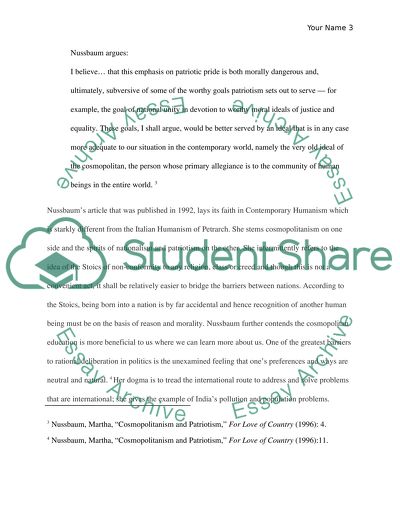Cite this document
(“Comparing Two Pathways to Tolerance and World Peace Essay”, n.d.)
Retrieved from https://studentshare.org/literature/1428390-comparing-two-pathways-to-tolerance-and-world
Retrieved from https://studentshare.org/literature/1428390-comparing-two-pathways-to-tolerance-and-world
(Comparing Two Pathways to Tolerance and World Peace Essay)
https://studentshare.org/literature/1428390-comparing-two-pathways-to-tolerance-and-world.
https://studentshare.org/literature/1428390-comparing-two-pathways-to-tolerance-and-world.
“Comparing Two Pathways to Tolerance and World Peace Essay”, n.d. https://studentshare.org/literature/1428390-comparing-two-pathways-to-tolerance-and-world.


